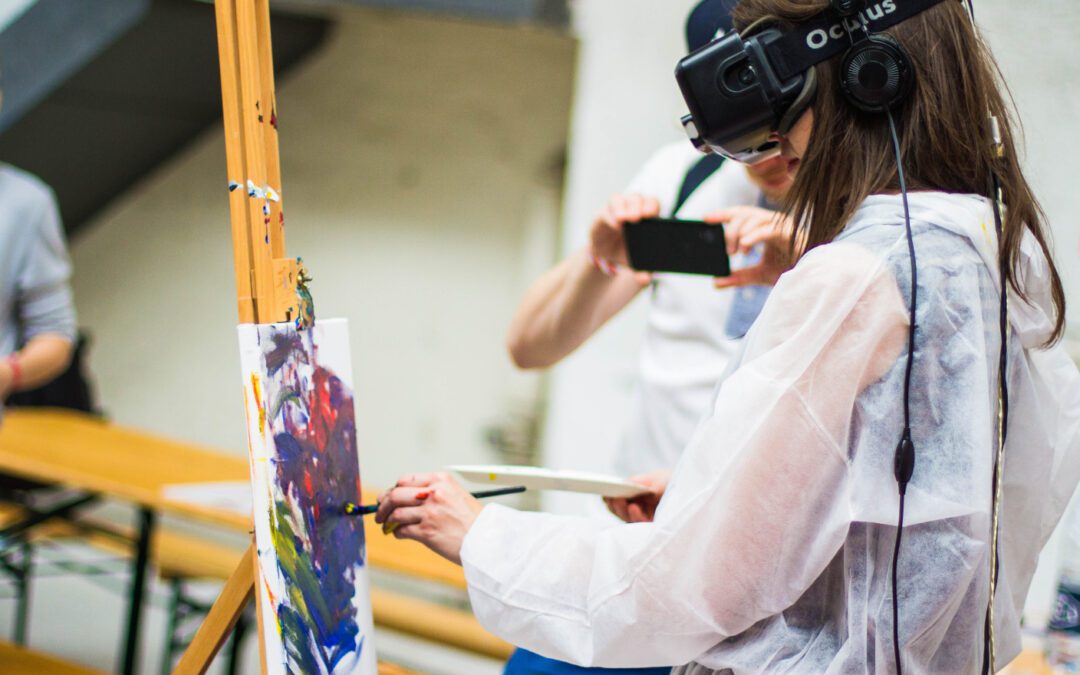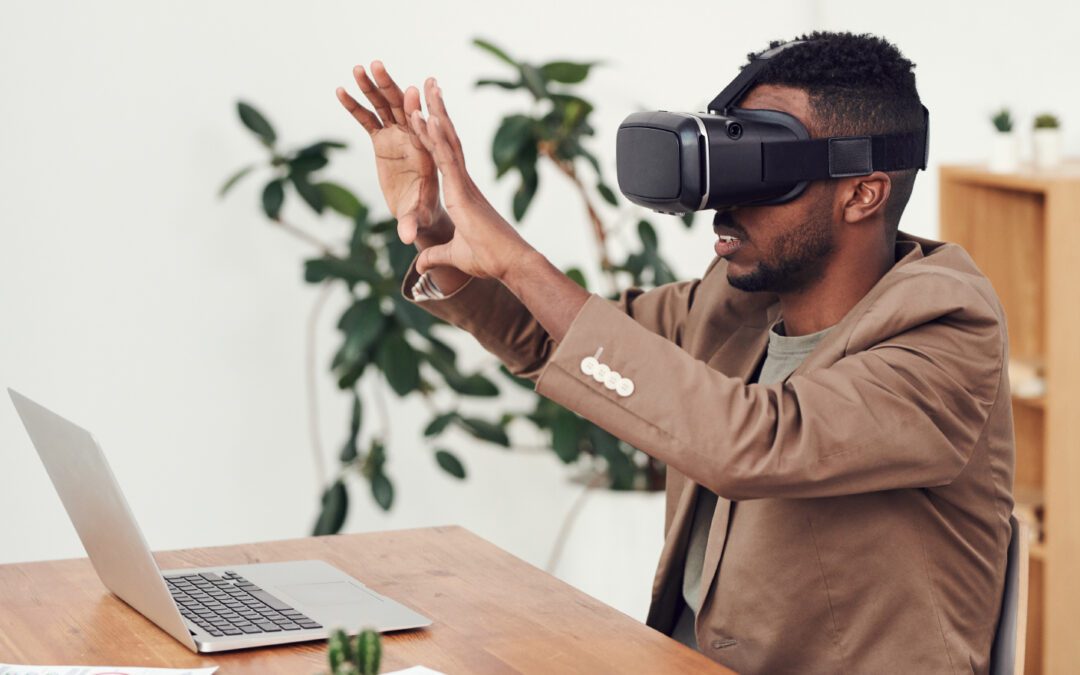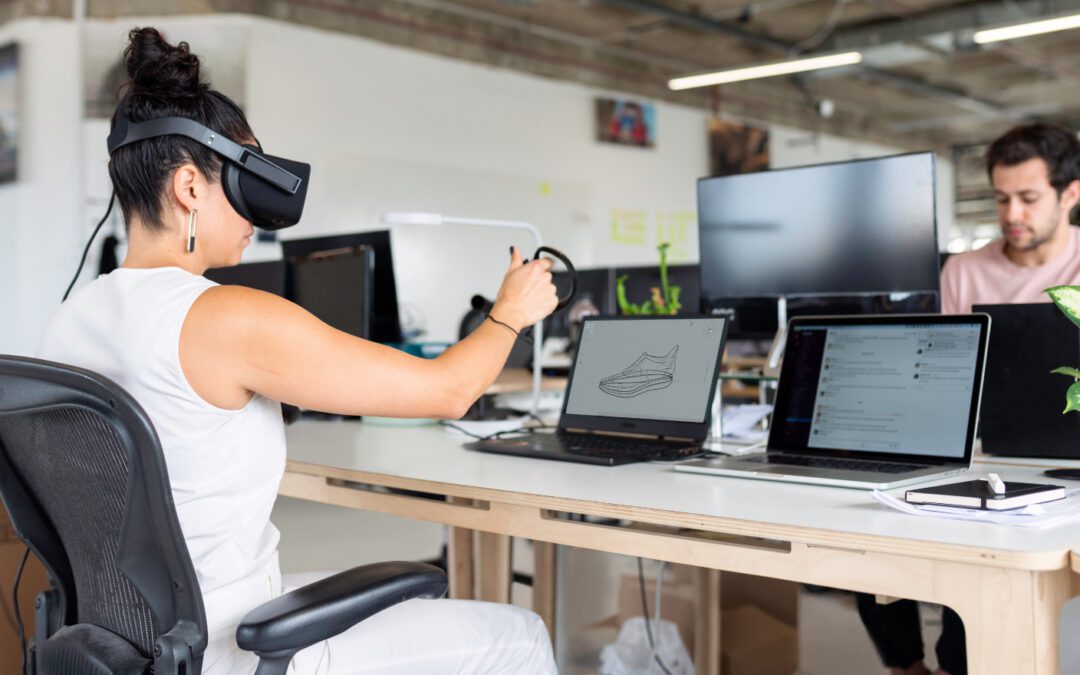Learn From An Experienced Team That Analyze Customer Insights To Help Make Result Driven Brands.

Augmented reality (AR) is a technology that overlays digital information on the real world. It has already made its way into various industries, from gaming to healthcare, and now it’s making its mark in education. AR has the potential to revolutionize the way students learn, making education more immersive, interactive, and engaging. In this blog post, we will discuss the future of AR in education and how it can transform the way we learn.
The traditional method of learning involves textbooks, lectures, and tests, which can be monotonous and boring for students. With AR, students can visualize complex concepts and theories in a more interactive way. For instance, AR can enable students to explore the inside of a human heart or walk through ancient ruins without leaving the classroom. AR can bring learning to life by creating immersive experiences that are not possible with traditional methods.
AR can also enhance the learning experience for students with disabilities. For instance, AR can help visually impaired students by providing them with a more immersive learning experience. AR can enable them to visualize objects, texts, and graphics that are otherwise inaccessible.
The future of AR in education looks promising. As AR technology continues to evolve, we can expect more innovative uses of AR in education. Here are some potential future applications of AR in education:
AR has the potential to revolutionize education by creating immersive and interactive learning experiences. As AR technology continues to evolve, we can expect more innovative applications of AR in education. AR can provide a more personalized and collaborative learning experience and enable students to explore the world in ways that were previously impossible. The future of education looks bright with the integration of AR technology.




